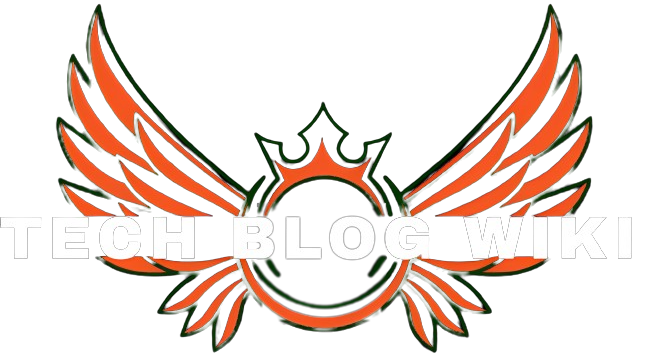The world of digital art is rapidly growing, and one of the most exciting advancements is the ability to convert ordinary 2D images into 3D creations using the power of artificial intelligence (AI).
Thanks to cutting-edge AI tools, you can breathe new life into your favourite 3D images, adding depth, dimension, and a touch of magic.
This Techblogwiki article delves into transforming 2D images into captivating 3D artworks using AI technology.
So stick to the end and get the power of transforming 2D to 3D conversion!
What is AI-Powered 2D to 3D Conversion?

AI-driven 2D to 3D conversion involves using advanced algorithms and machine learning methods to analyze and extrapolate depth information from a 2D image.
The AI model learns to recognize spatial relationships and infer how various elements in the image would appear in a 3D space.
The result is a visually stunning 3D representation that retains the essence of the original 2D image while adding an extra dimension of realism.
Also, you can use ChatGPT for your content creation and ask it for the various tools for conversion of the images.
Step-by-Step Guide to Converting 2D Images Into 3D Artwork

Here are the steps for converting 2D images into 3D. They are as follow:
Step 1: Choose Your Image
Select a high-quality 2D image that you want to transform into 3D. The image should have well-defined objects and clear visual elements.
Step 2: Choose an AI Tool
Several AI-powered technology and tools offer 2D to 3D conversion capabilities. Some popular options include:
1. Artificial Intelligence Image Up-Rescaling Tools: These tools convert 2D images to 3D and enhance their resolution and details.
2. Deep Learning Software: Some AI-driven software employs deep learning techniques to generate depth maps, which are then used to create the illusion of 3D.
Step 3: Upload and Process
Upload your chosen 2D image to the AI tool’s interface. Follow the prompts to initiate the conversion process. The AI tool will analyze the image, identify spatial cues, and generate a depth map.
Step 4: Adjust Settings (Optional)
Depending on the tool you’re using, you might have the option to adjust settings such as the level of depth, lighting effects, and color enhancement. Experiment with these settings to gain the desired 3D effect.
Step 5: Preview and Save
Once the AI tool has completed the conversion process, preview the 3D version of your image. You’ll be able to observe how the AI has added depth and dimension to the original 2D artwork. If you’re satisfied with the result, save the 3D image to your device.
Benefits of AI-Powered 2D to 3D Conversion
1. Ease of Use: AI tools make the conversion process accessible to individuals with varying levels of technical expertise.
2. Enhanced Creativity: 2D to 3D conversion allows artists to explore new dimensions and experiment with depth and visual storytelling.
3. Time Efficiency: Converting images into 3D artworks traditionally required extensive manual work. AI significantly reduces the time and effort involved.
4. Versatility: AI-powered tools can convert a wide range of 2D images, from photographs to paintings and illustrations.
Conclusion
AI technology has revolutionized how we create and experience art, and the ability to convert 2D images into 3D artworks is a testament to its capabilities.
By harnessing the power of AI tools, artists and enthusiasts can explore new dimensions of creativity and transform their favourite 2D images into captivating 3D masterpieces.
Whether you are seeking to add depth to personal photographs or elevate your artistic creations, AI-powered 2D to 3D conversion offers a remarkable gateway to a world of visual innovation and expression.
Embrace this technology and embark on a journey to breathe life into your 2D images, transforming them into awe-inspiring 3D artworks that captivate the imagination.






